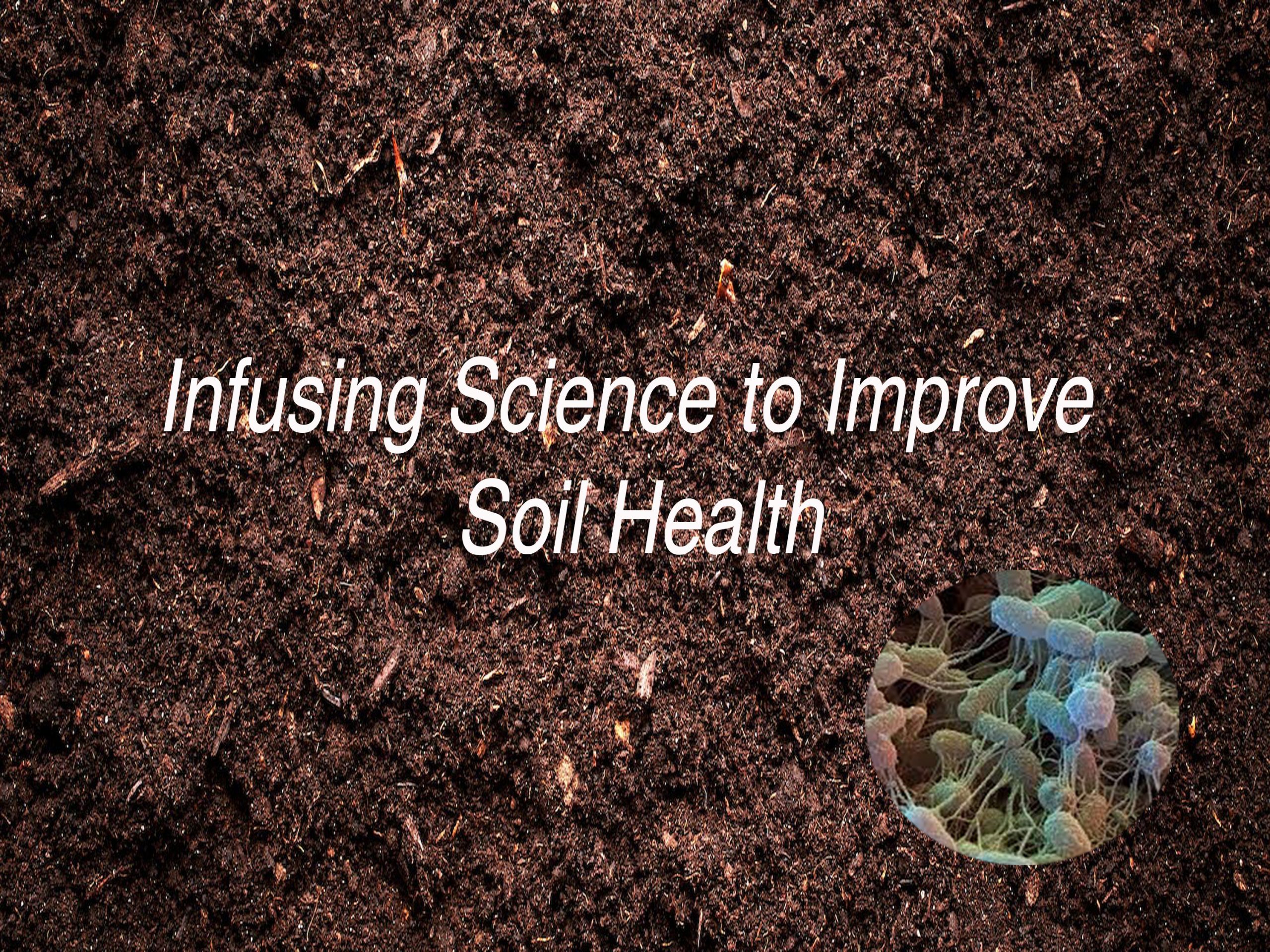The totality of organisms in the soil is summarized in one word “Edaphon”.
There are more microorganisms, living in a handful of healthy forest soil, than people on Earth.
Living organisms present in soil include archaea, bacteria, actinomycetes, fungi, algae, protozoa, and a wide variety of larger soil fauna, including springtails, mites, nematodes, earthworms, ants, insects that spend all or part of their life underground.

These organisms play an important role in maintaining soil health and fertility, as well as in nutrient cycling and decomposition of organic matter. All of these organisms work together in an incredible way and are collectively called Edaphon. Through this collaboration, they tend to provide harmony for the disturbed phases of nature.
After years of empirical research, the R&D team behind Bio.SoilZ has been able to condition this microscopic community in a certain way to address the disturbances in agro-ecosystem. This community is called “microorganisms” and it is capable of doing amazing things.
The role of Edaphon in soil is crucial as they play a key role in nutrient cycling, organic matter decomposition, and soil structure formation. Some of the specific roles of edaphon in soil include:
- Nutrient cycling: Edaphon helps in the conversion of nutrients such as nitrogen, phosphorus, and sulfur into forms that plants can absorb
- Decomposition of organic matter: Edaphon plays a crucial role in breaking down organic matter, such as dead plant and animal material, into nutrients that can be utilized by plants.
- Soil structure formation: Edaphon can help to create and maintain soil structure by producing and releasing organic compounds that bind soil particles together.
- Disease suppression: Some members of the Edaphon community, such as certain bacteria and fungi, can help to suppress the growth of plant pathogens, thereby reducing the incidence of plant diseases.
Overall, the Edaphon plays an essential role in maintaining soil health and productivity, and understanding the complex interactions between different members of the edaphon community is essential for sustainable agriculture and land management practices.

